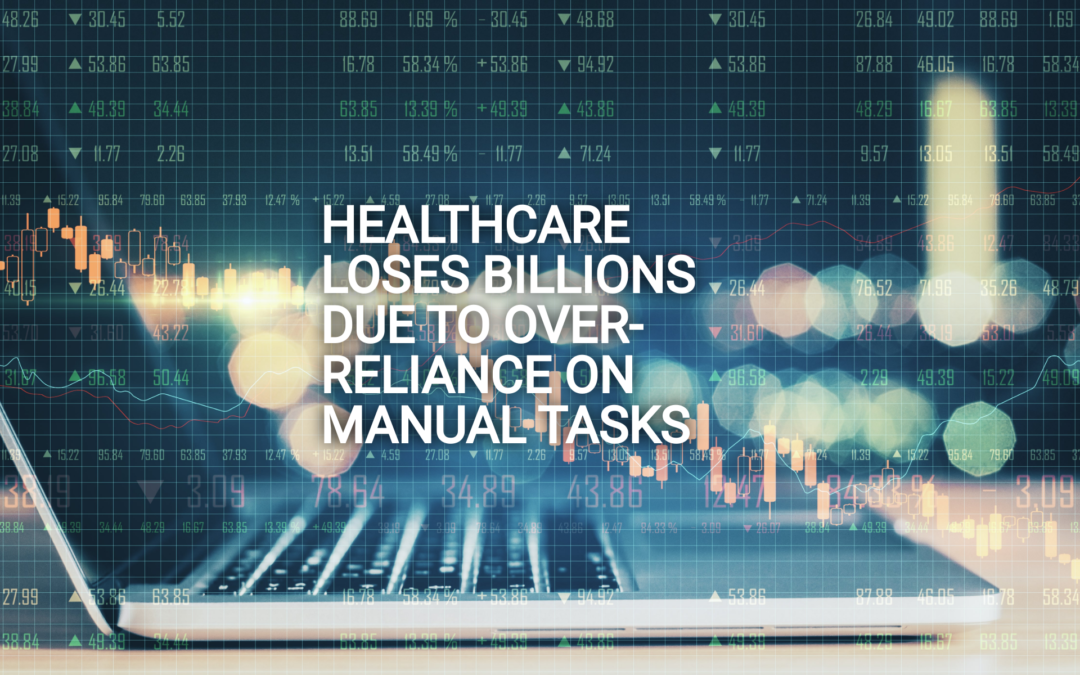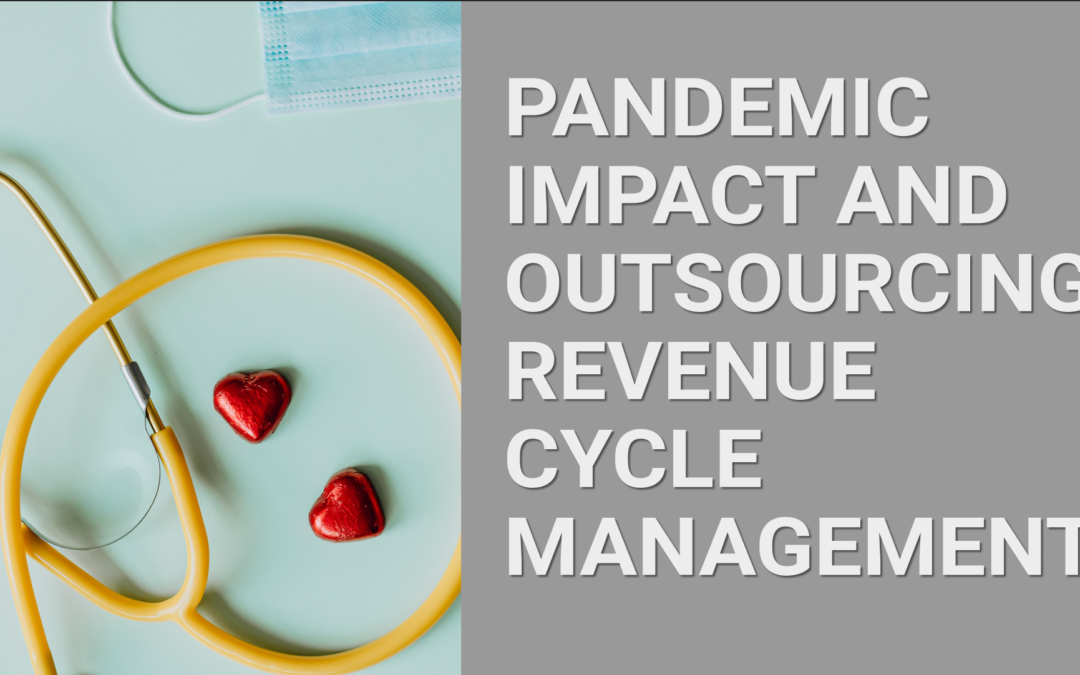
Jun 17, 2022 | Partner, Trizetto Partner Solutions
We already know the trend toward automation in healthcare continues to grow each year. As technology continuously improves and the financial bar to entry lowers, the opportunities for healthcare providers and health plans to enhance operational processes grow as well. But even with the radical progress and the easier-to-use-than-ever healthcare operations software, many organizations fail to implement the solutions. It may be a lack of organizational enthusiasm or a simple need for more skilled internal technological expertise.
And while this is likely common knowledge at your organization, the amount of money wasted each year – driven by the absence of process automation – may not. Billions of dollars that could otherwise be spent on improving patient care and satisfaction, on building and rolling out new service lines, and generally improving healthcare operations are wasted every year. Billions.
The most recent CAQH Index reports $372 billion is spent yearly on administrative tasks throughout the US healthcare system. Of that amount, $39 billion of those administrative transactions are specifically tracked by the CAQH Index. “Of the $39 billion, the industry can save $16.3 billion, or 42 percent of existing annual spend, by transitioning to fully electronic transactions,” according to CAQH.
$16 billion in savings.
The current opportunity for savings driven by automated, electronic transactions within the healthcare industry is tremendous. That’s not to say the healthcare industry is doing nothing. CAQH found that healthcare organizations already save $122 billion annually thanks to process automation.
Even with the apparent success of automation, however, CAQH found the utilization, adoption, and growth of fully-automated processes year-over-year was stagnant or modest at best:
-
-
- Eligibility and benefit verification remained steady at 84%
- Prior authorizations increased to 21% from 13%
- Claim status inquiry grew slightly to 72% from 70%
- Claim payment automation increased marginally to 71% to 70%
With the small and slow shift to the use of automated transaction processes in the healthcare industry, there’s a decided advantage–in time and money–to not automating many, if not all, backend operations. Doing so allows staff to focus on strategic initiatives, like building out new programs or service lines, rather than plodding through everyday tasks better tackled through repeatable processes supported by technology.
“The industry continues to make progress towards a more automated administrative workflow as transaction volume increases, new business needs and technology emerge, and health insurance benefit and payment models evolve,” CAQH explains in the report. Nevertheless, as mentioned earlier, the “progress” remains slow, like a river choked with debris.
Ironically, even as automated solutions become more abundant and easier to use, CAQH reports healthcare providers to perform more manual tasks today than in the past. With today’s technology-rich environment, there’s little reason for healthcare providers to input any type of care-related documentation by hand. That time can and should be better spent improving the healthcare experience for patients and their families.
It’s far past time to clear the detritus from the river. With the advantage of today’s technology, it’s easier to make the change when each of us plays a part in the cleanup.
Contact a TriZetto Provider Solutions representative today to learn more about automation-enabled technologies that can help drive efficiencies and increase revenue.
EZClaim is a leading medical billing and scheduling software provider that combines a best-in-class product with exceptional service and support. For more information, schedule a consultation today, email our experts, or call at 877.650.0904.
[ Contribution from the marketing team at TriZetto ]

Jun 22, 2021 | BC Medical Billing, Partner
The impact of the COVID-19 pandemic will be felt in every industry for many months to come. For medical providers, they are facing some of the most challenging financial times they will ever know. Therefore, we understand that is it crucial for providers to re-assess their business and look for ways to cut costs with minimal impact on their practice of their patients.
To compound the issues providers are facing, there has been a wave of changes in recent years with new coding and telemedicine requirements that are making it difficult for provider offices to remain independent. Add on the constant rise in the cost of living while insurance reimbursements continue to decrease, and the issues get worse and worse.
Many have decided that outsourcing to a complete revenue cycle management company could:
-
- help alleviate some of the undue burdens
- cut costs
- keep providers compliant with their coding and billing
Ultimately, this allows providers to continue to focus on patient care which is their goal. As providers, you understand that revenue cycle management is a crucial part of your physician’s office. If not managed properly, it could result in an office leaving thousands of dollars on the table in unclaimed revenue. Over the years, our free audit services have allowed providers to have a free, transparent, and unbiased assessment of how their accounts receivable department functions. We are always amazed at how many providers do their billing in-house, and sometimes even when they outsource, are not aware of how much money they have sitting in their accounts receivables. Getting this knowledge is the first step to increasing revenue and efficiency.
In-house medical billers and third-party outsourced revenue cycle management companies should be giving provider offices monthly aging reports to assess their financial forecast. Each accounts receivable buckets over 60 days should hover at approximately 10% or less of the entire revenue balance. If account receivable buckets are higher than 10%, providers may be leaving money on the table, and the account may not be getting worked as providers think they are. In an effort to avoid unpaid claims and a spike in accounts receivable, outsourcing your revenue cycle management to a third-party medical billing company, such as BC Medical Billing, could help providers in countless ways. Many practices recognize that keeping their revenue cycle management optimized is key in delivering regular practice operations; however, they are not always sure how to achieve that. Outsourcing may be the solution!
Outsourcing alleviates the practice from managing a new medical billing employee, paying a salary and benefits, completing training, and onboarding protocols, and managing the lost time from a learning curve. Many providers feel that it is not a wise use of the back office executive personnel’s time to worry about finding coders in-house and then wondering if the charges are captures and billed correctly. Instead, the business office should be focusing on how to grow the providers and the physician practice.
Our free audits will help you determine if you have found the right solution for you. If not, we are always there to assist and increase the provider’s revenue.

Jan 11, 2021 | Electronic Billing, Medical Billing Software Blog, Partner, Trizetto Partner Solutions
With a new year comes new medical coding changes.
After the examinations, x-rays, and surgeries, lives another major part of a physician’s day that happens behind the scenes. All the hard work needs to be processed through a successful claim submission, meaning that ultimately earning payment all boils down to one thing – coding. Evaluation and management codes, or E/M codes, are codes a physician uses to report a patient visit. This administrative task – a necessity for any physician – is often cumbersome and prone to errors. Most importantly, it uses up valuable time that could be better spent.
How many of us have experienced the “hurry up and wait” scenario? The type of appointment where you wait in a waiting room, then wait a little more in the exam room, then eventually get 10 minutes with your doctor…only to be rushed out so the next patient can be shuttled in. Unfortunately, it’s all too common. It’s safe to say that many patients could benefit from more face-to-face interaction with their providers.
Many people claim that payment for evaluation and management services is undervalued, specifically when it comes to ambulatory services. Additionally, it’s been argued that the fee schedule itself is not well-designed to support primary care, which requires ongoing care coordination for patients. Pressure existed to increase payment rates for ambulatory E/M services while reducing payment rates for other services. Thankfully, The Centers for Medicare and Medicaid Services (CMS) took notice. With the goal of increasing efficiencies to reduce unnecessary burdens, the “Patients over Paperwork” initiative was established. Per CMS, E/M codes make up 20% of total spending under the physician fee schedule. Part of this initiative aims to reduce the coding and documentation requirements for E/M codes, in turn giving physicians more time to spend with patients. In partnership with The American Medical Society (AMA), CMS worked to revise the rules for evaluation and management coding requirements. These changes were finalized in the 2020 Physician Fee Schedule (PFS) with an effective date of January 1, 2021.
So what exactly was revised? The E/M updates affect codes 99201 through 99215 and include the deletion of code 99201 along with revisions to the code selection for 99202 – 99215. Below is a summary of the revisions to E/M codes:
- Elimination of code 99201
- Decrease the burden of coding requirements
- Decreases the burden of documentation
- Decreases the need for audits
- Revises the definitions for Medical Decision Making (MDM)
- Revises the definition of time spent with the patient to total time including non-face-to-face for E/M services by a physician and other QHP
- Requires a history and/or examination when medically< necessary
- Offers a clear time ranges for each code for time spent with the patient
- Addition of a new 15-minute prolonged service code
- Clinicians will choose a code based on MDM or total time
These changes apply to office visits and other outpatient services. It’s noteworthy that these changes represent the first changes to the E/M codes in over 25 years! More importantly, the changes streamline the coding process, reduce clinician burden, and will allow physicians to put the focus back on patient care.
Billing and coding should always be top of mind, but it can be hard to keep up. This is why it’s critical for physicians, clinicians, coders, and billers to completely understand these changes. To help comprehension, the AMA released a checklist identifying ten steps to help the practices prepare for the upcoming changes that can be accessed here. To learn more about the medical coding changes and the summary of revisions, visit the AMA website.
TriZetto Provider Solutions is a partner of EZClaim, and can assist you with all your coding needs. For more details about the EZClaim medical billing solution, visit their website, e-mail their support team, or call them at 877.650.0904.
———————–
Note: This article is not a comprehensive overview and is NOT intended to provide coding advice, rather it is intended to highlight the new changes in effect and the need for physicians to ensure they have received the proper training for the upcoming changes.
[ Contributed by TriZetto Provider Solutions Editorial Team ]




